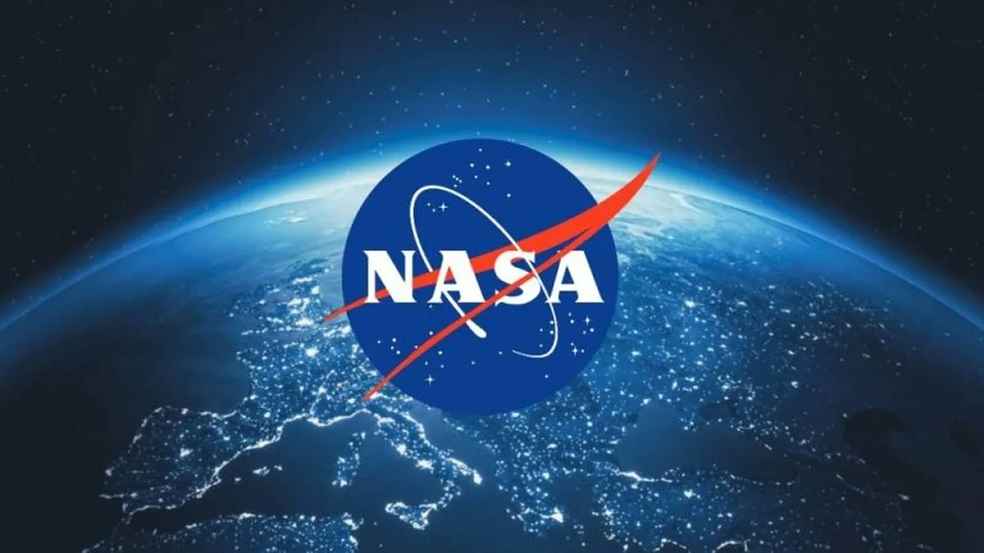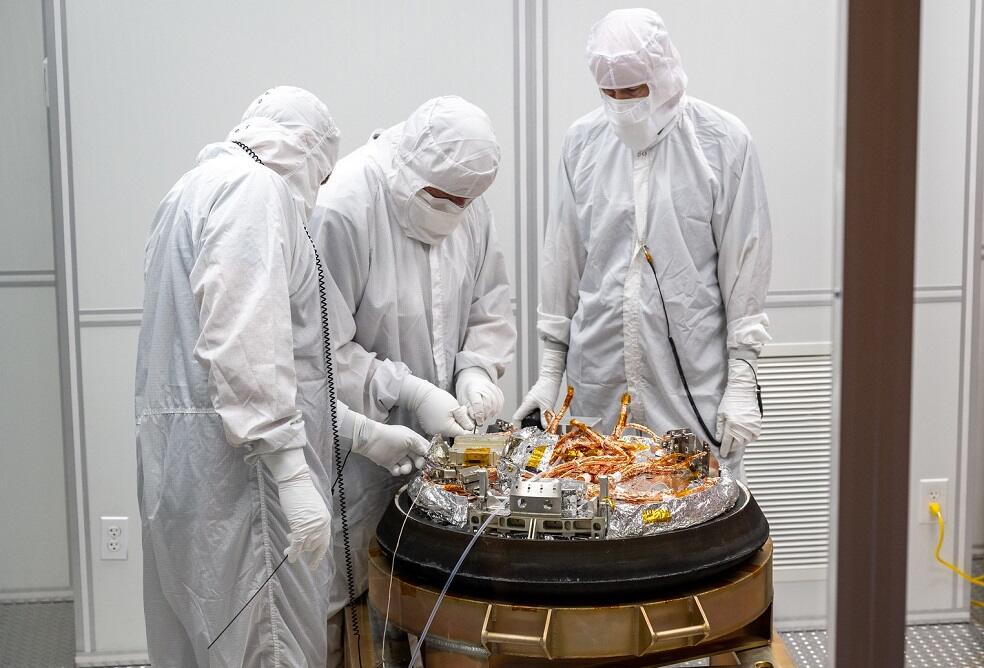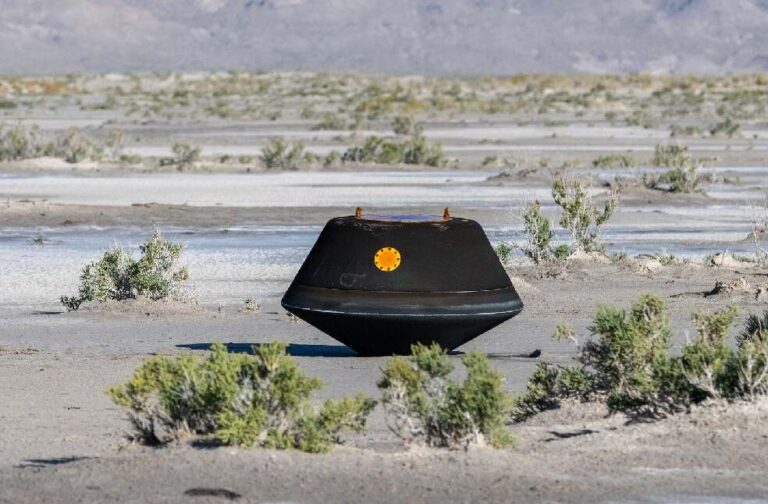United States: A NASA spacecraft with the largest soil sample ever collected from an asteroid’s surface has touched down in the Utah desert, seven years after it was launched.
The capsule was released by the robotic spacecraft OSIRIS-REx when it came within 108,000 km (67,000 miles) of Earth. It landed in a specific area west of Salt Lake City, part of the expansive Utah Test and Training Range used by the United States military.
The soil samples will be transported to NASA’s Johnson Space Centre in Houston. This facility already holds almost 400 kg (842 lb) of moon rocks collected by the Apollo astronauts over fifty years ago.

Scientists have estimated that the capsule contains at least a cup of debris from the carbon-rich asteroid named Bennu. However, it is not certain until the container is opened.
The mission’s main scientist, Dr. Dante Lauretta from the University of Arizona, will travel with the samples to Texas. The scientist mentioned before the landing that the unveiling of the container in Houston within the next day or two would be a critical moment, considering the uncertainty about the quantity of material inside.
Three years ago, OSIRIS-REx gathered its sample from Bennu, a small asteroid found in 1999.

This space rock is labelled a “near-Earth object” as it comes relatively close to our planet every six years. The chances of it colliding with Earth are seen as highly unlikely.
Scientists think Bennu is a cluster of loosely connected rocks, similar to a pile of rubble, as per the statement.
It has a width of 500 meters (1,600 feet), slightly larger than the height of the Empire State Building, but much smaller than the Chicxulub asteroid, which hit Earth approximately 66 million years ago and led to the extinction of dinosaurs.



